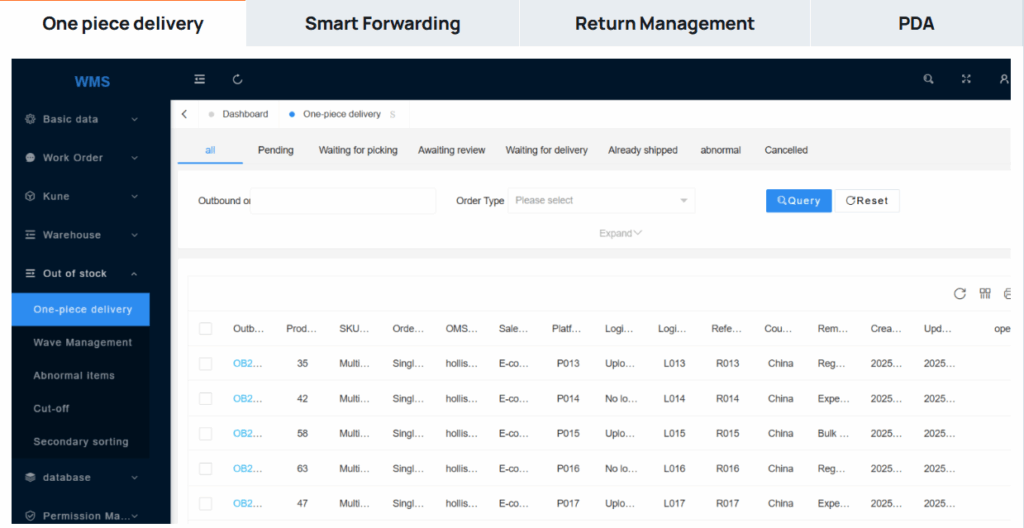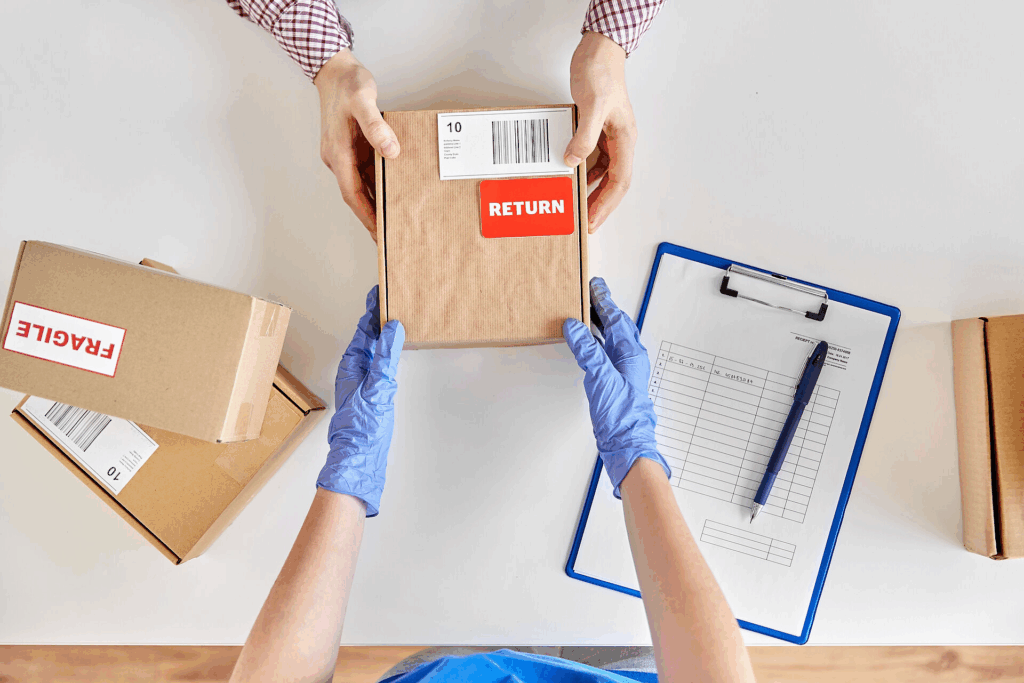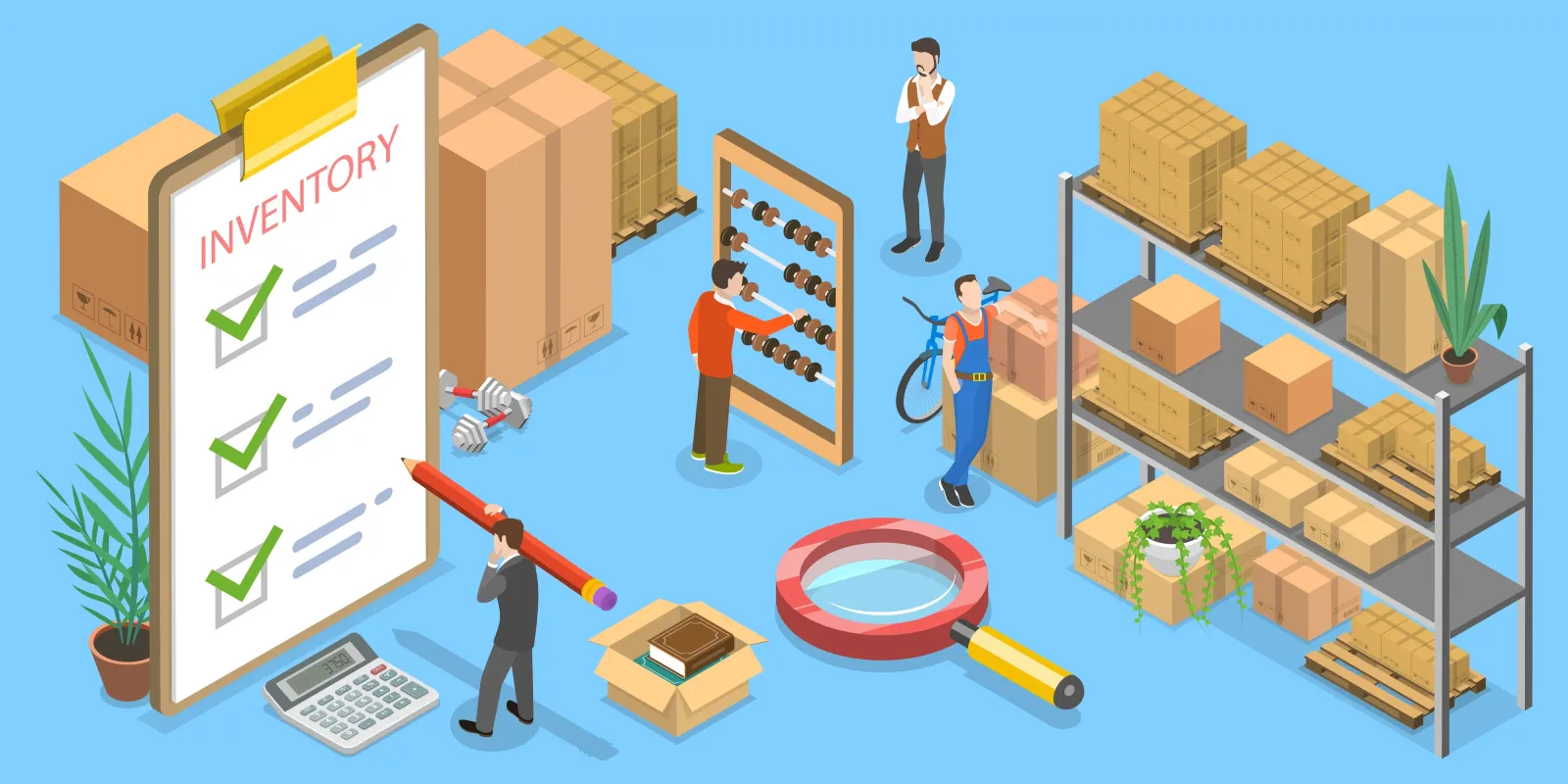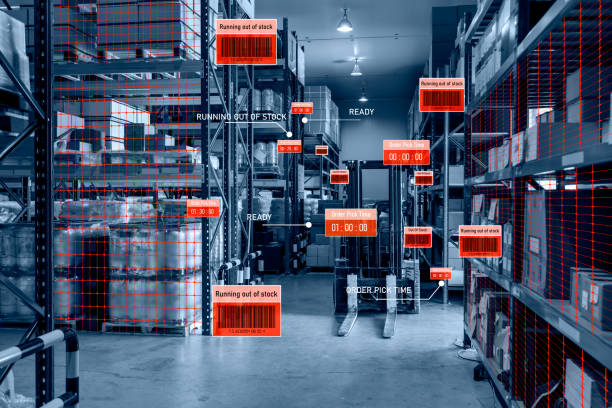The Evolution of Reverse Logistics Tracking: From Manual to Automated Systems
Reverse logistics is a critical aspect of modern supply chains, dealing with the return, disposal, recycling, and refurbishing of products. As e-commerce continues to grow, businesses must improve how they manage returns to enhance customer satisfaction and streamline operations. This article explores the evolution of reverse logistics, focusing on the transition from manual tracking systems to modern automated solutions. Additionally, we’ll examine how services like Postalparcel are shaping the future of reverse logistics, emphasizing courier management, delivery services, and inventory control.

Understanding Reverse Logistics
Reverse logistics refers to the process of managing the flow of products from the consumer back to the manufacturer or retailer. Unlike traditional logistics, which focuses on delivering products to customers, reverse logistics handles the return journey. The reverse logistics process can involve:
- Returns: Consumers returning unwanted or damaged products.
- Recycling: Processing products for reuse.
- Repairs: Fixing faulty products before resale.
- Disposal: Properly discarding products that are no longer usable.
Efficient reverse logistics is essential for businesses to optimize their supply chain, reduce costs, and provide better customer experiences. It is not just about managing returns, but also about improving sustainability and maintaining a positive brand reputation.
From Manual to Automated Reverse Logistics
Early Days: Manual Tracking Systems
In the past, reverse logistics tracking was a manual process. Businesses used paper records, spreadsheets, and phone calls to track returned products. These systems were prone to errors, delays, and inefficiencies. Managing large volumes of returns required significant labor, making it difficult for businesses to keep up with customer expectations.

For example, when a product was returned, it was manually logged, and its status had to be updated at every stage of the return process. This made tracking and managing returns time-consuming, resulting in customer dissatisfaction and increased operational costs.
The Emergence of Automated Systems
With the advent of digital technology, reverse logistics tracking has evolved. Automated systems have drastically improved the efficiency and accuracy of tracking returned goods. These systems rely on technologies such as barcode scanning, RFID tags, and cloud-based software to track the status of products in real time.
Automation offers several benefits:
- Real-time tracking: Businesses and customers can monitor the status of returns at every step.
- Reduced errors: Automated systems minimize human error, ensuring more accurate processing.
- Faster processing: With automation, the return process is faster, reducing wait times and improving customer experience.
These systems also enable businesses to better manage inventory, redirect returned products to warehouses, and make data-driven decisions to improve reverse logistics processes.
The Role of Postalparcel in Reverse Logistics
Postalparcel offers a comprehensive reverse logistics service designed to streamline returns and enhance supply chain efficiency. The service is not just about tracking; it encompasses courier management, delivery services, and inventory control.

Courier Management and Delivery Services
Postalparcel’s courier management system allows businesses to choose the best carriers for their returns. This flexibility ensures that businesses can optimize shipping costs while maintaining efficient delivery timelines. By partnering with various courier companies, Postalparcel helps businesses ensure timely deliveries of returned products.
Their delivery services are designed to minimize delays, ensuring that returned items are quickly processed and sent to the appropriate locations. Whether products are sent for recycling, refurbishment, or reselling, Postalparcel ensures that the delivery process is smooth and efficient.
Inventory and Order Management Services
In addition to courier management, Postalparcel offers advanced inventory and order management services. Their platform allows businesses to track the status of returns in real time and update stock levels accordingly. This integration helps businesses maintain accurate inventory records and reduce excess stock, improving operational efficiency.
By combining automated reverse logistics tracking with inventory management, Postalparcel enables businesses to seamlessly manage returned products and streamline the entire returns process.
The Benefits of Effective Reverse Logistics
Cost Efficiency
One of the major advantages of automated reverse logistics is cost efficiency. Properly managed returns reduce unnecessary costs associated with processing, handling, and shipping returned goods. By using a service like Postalparcel, businesses can cut down on operational expenses while improving the speed and accuracy of returns processing.

Postalparcel’s automated courier management helps businesses choose the most cost-effective shipping options, while their efficient delivery services reduce transportation costs associated with returns.
Improved Customer Experience
In today’s competitive market, customers expect a hassle-free return process. An efficient reverse logistics system can greatly enhance customer satisfaction. With Postalparcel, businesses can offer customers real-time updates on their returns, making the process transparent and easy to track. Customers appreciate when businesses make returns simple and reliable, which builds trust and loyalty.
Sustainability
Reverse logistics also plays a role in sustainability efforts. By improving the efficiency of returns, businesses can minimize waste and reduce the environmental impact of returns processing. Many returned products can be refurbished or recycled, reducing waste and promoting a circular economy.
Postalparcel’s service supports sustainability by offering efficient returns handling and inventory management, ensuring that returned products are reused, recycled, or repurposed where possible.
How Data and Automation Are Shaping the Future of Reverse Logistics
The integration of data analytics and machine learning into reverse logistics systems is reshaping the future of the industry. By analyzing data, businesses can predict return patterns, identify product issues, and optimize their reverse logistics processes.
Postalparcel’s returned systems provide valuable insights into return trends, helping businesses make informed decisions. For example, businesses can identify if certain products are returned more frequently due to defects or sizing issues. With these insights, businesses can improve product quality and reduce the frequency of returns.
systems provide valuable insights into return trends, helping businesses make informed decisions. For example, businesses can identify if certain products are returned more frequently due to defects or sizing issues. With these insights, businesses can improve product quality and reduce the frequency of returns.
The Role of Predictive Analytics
Predictive analytics is the next frontier in reverse logistics. By analyzing historical return data, businesses can predict which products are likely to be returned and plan their logistics operations accordingly. This can lead to better inventory management and more efficient resource allocation.
Postalparcel’s data-driven approach helps businesses leverage predictive analytics to optimize reverse logistics operations and enhance customer satisfaction.
Conclusion
Reverse logistics courier tracking has evolved significantly from manual processes to automated systems. This transformation has made the return process faster, more efficient, and more transparent for both businesses and customers. Services like Postalparcel have played a crucial role in this evolution, offering comprehensive solutions that include courier management, delivery services, and inventory control.
As e-commerce continues to grow, businesses must embrace automated reverse logistics solutions to stay competitive and meet customer expectations. By partnering with services like Postalparcel, businesses can streamline their returns process, reduce costs, and enhance customer satisfaction, all while contributing to sustainability efforts.
Postalparcel is leading the charge in reverse logistics innovation, providing businesses with the tools they need to manage returns efficiently and effectively.
Industry Insights
news via inbox
Nulla turp dis cursus. Integer liberos euismod pretium faucibua








